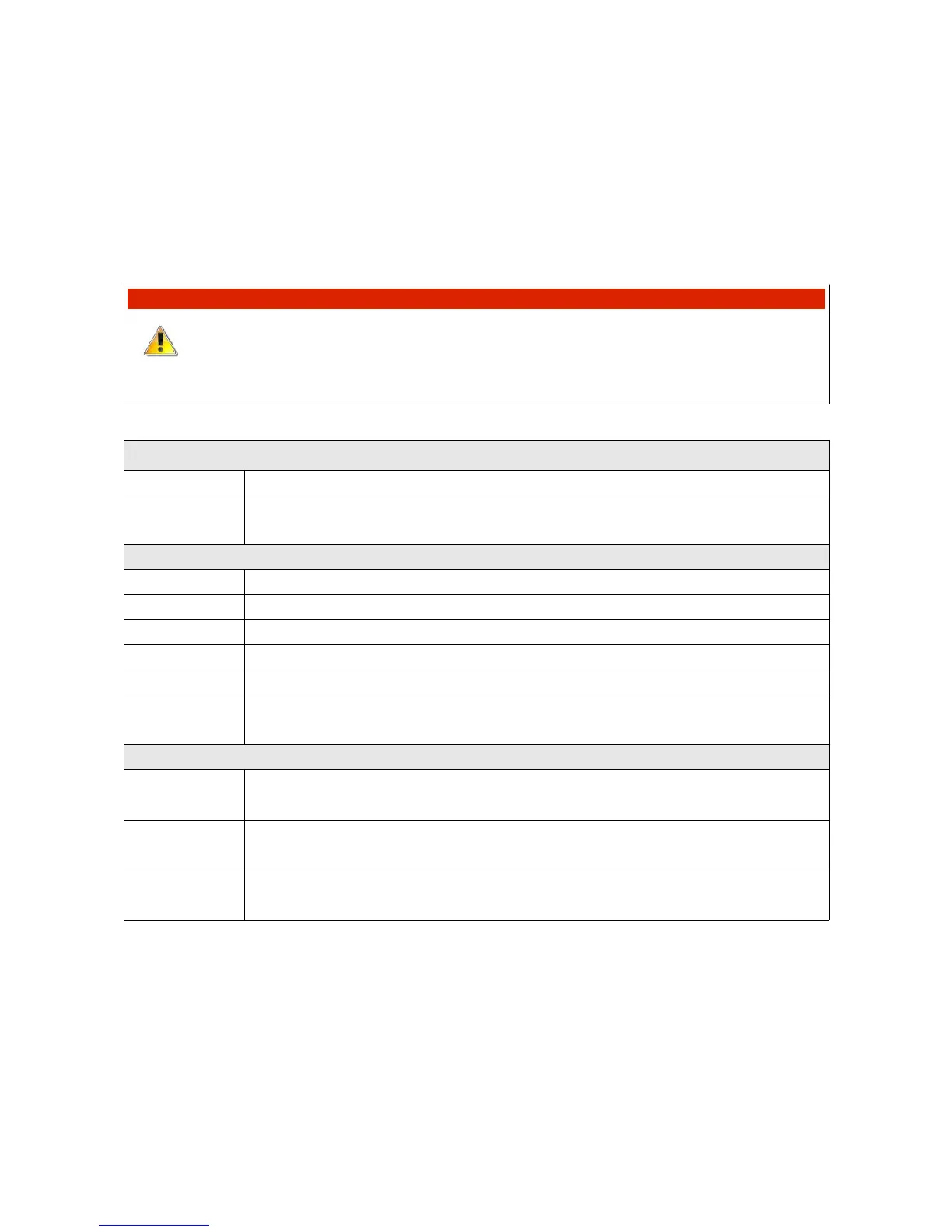List of operations available for logic functions.
Operations for logic functions can be divided into two groups: simple and special.
1. Simple ones are those whose result depends on the input state (alternatively, a delay can be
used for this result)
Simple operations include: testing (Is False, Is True), comparing (=,≠,<,≤,>,≥) and logic
operations (And,Or, Xor)
IMPORTANT!
The following description contains false and true notions. False is understood to
mean a value of “0” (zero) True is understood to mean any value other than zero
(e.g. “1”).
Testing operations:
Is True Returns 1 when the Channel value is true (non-zero), returns 0 otherwise
Is False Returns 1 when the Channel value is false (zero), returns 0 otherwise
(In electronics this operation represented by the NOT gate).
Comparing operations:
Equal Returns 1 when the Channel value = Constant, returns 0 otherwise
Not Equal Returns 1 when the Channel value ≠ Constant, returns 0 otherwise
Less Returns 1 when the Channel value < Constant, returns 0 otherwise
Less or Equal Returns 1 when the Channel value ≤ Constant, returns 0 otherwise
Greater Returns 1 when the Channel value > Constant, returns 0 otherwise
Greater or
Equal
Returns 1 when the Channel value ≥ Constant, returns 0 otherwise
Logical operations
And Returns 1 when the values of both Channel #1 and Channel #2 are true (non-zero),
returns 0 otherwise
Or Returns 1 when at least one of the channels, i.e. Channel #1 or Channel #2 is true (non-
zero), returns 0 otherwise
Xor (Exclusive Or) Returns 1 only when exactly one of the channels, Channel #1 or Channel
#2, has a value of true (non-zero), returns 0 otherwise
Page 108/137

